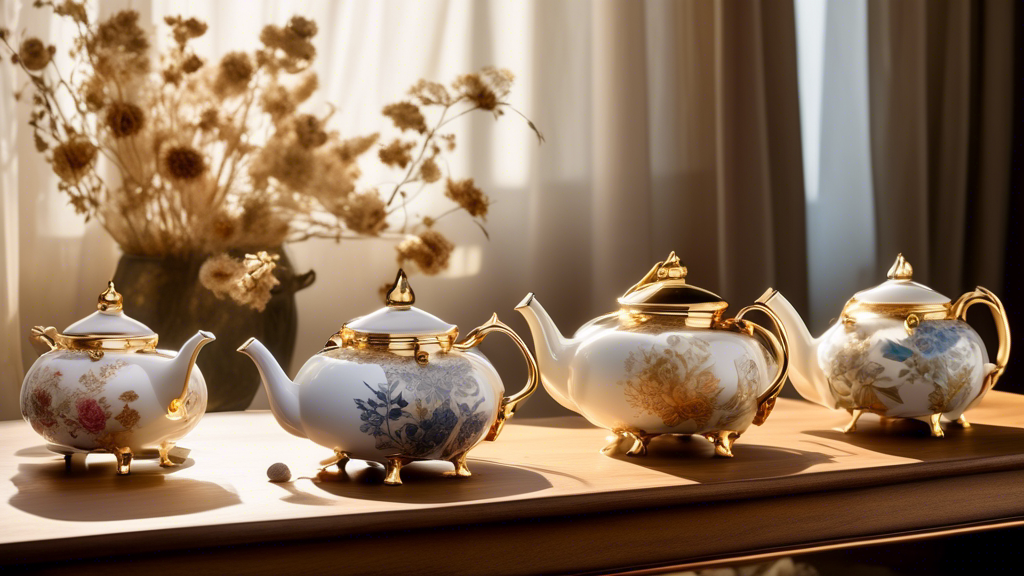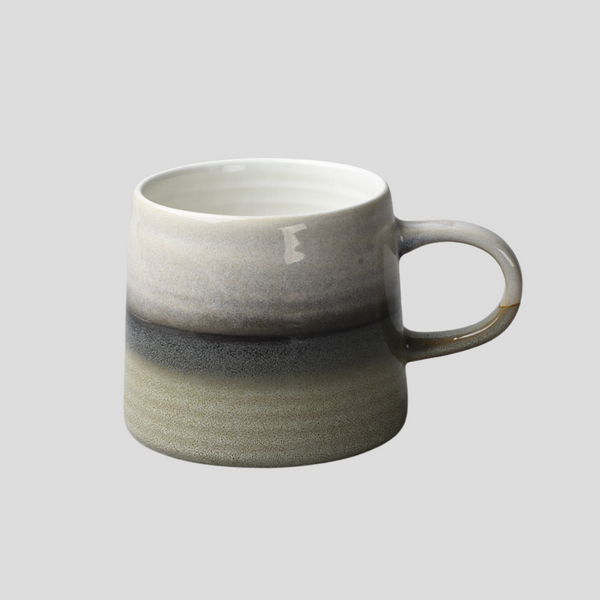
Exploring the Elegance of Porcelain Art Teapots
Exploring the Elegance of Porcelain Art Teapots
Porcelain art teapots are the epitome of elegance and craftsmanship in the world of ceramics. Originating from ancient China, these delicate creations have traversed centuries and cultures, evolving into diverse forms and designs while retaining their intrinsic beauty and functionality. This article delves into the world of porcelain art teapots, exploring their history, craftsmanship, and the modern interpretations that continue to enchant collectors and tea enthusiasts alike.
The Historical Significance of Porcelain Teapots
The journey of the porcelain teapot began in China, during the Yuan Dynasty (1271-1368), though porcelain itself has been in production for over a thousand years. These teapots were not only utilitarian objects but also symbols of art and culture, often decorated with intricate patterns, landscapes, and calligraphy, reflective of the period's aesthetic and technological advancements. As tea drinking practices spread across Asia and eventually to Europe, the demand for these exquisite porcelain teapots soared, influencing local pottery traditions and spurring innovations in porcelain production techniques.
The Craftsmanship Behind Porcelain Art Teapots
Making a porcelain art teapot requires a combination of artistic vision and technical skill, a process that remains as intricate today as it was in ancient times. The journey begins with the selection of kaolin, a fine white clay, mixed with other materials to form the porcelain paste. This blend is then meticulously shaped, either by hand or on a potter's wheel, into the desired form. What follows is a painstaking process of drying, first and second firings, and glazing, where the teapot is slowly brought to life. The final decoration, whether painted by hand or applied through transfers, embodies the potter's creativity, making each teapot a unique piece of art.
Modern Interpretations of Porcelain Teapots
In today's world, porcelain art teapots are not merely relics of the past but continue to evolve with contemporary influences. Modern artists and craftsmen draw inspiration from traditional designs and techniques, infusing them with their personal touch or avant-garde concepts. Themes may range from the intricately traditional to the minimalist modern, with each artist exploring different aspects of form, function, and beauty. Environmental consciousness has also seeped into the creation process, with many artists focusing on sustainable practices without compromising the art's integrity.
Collecting Porcelain Art Teapots
The collection of porcelain art teapots is a passion for many, driven by an appreciation for their beauty, historical significance, and the craftsmanship involved in their creation. Collectors often focus on a particular era, region, or artist, seeking out pieces that resonate with their personal aesthetic or complete a set. As the market for these exquisite items remains vibrant, auctions and antique shops continue to be treasure troves for enthusiasts, offering a glimpse into the vast and varied world of porcelain art teapots.
Conclusion
Porcelain art teapots represent a harmonious blend of form, function, and artistry, embodying the cultural heritage and technological advancements of their time. From their historical roots in ancient China to modern interpretations that continue to push artistic boundaries, these teapots offer a fascinating insight into the world of ceramics. Whether one is a collector, a tea enthusiast, or simply an admirer of fine crafts, the elegance of porcelain art teapots continues to captivate and inspire.
Click this link to check out our ceramic artwork!
















































